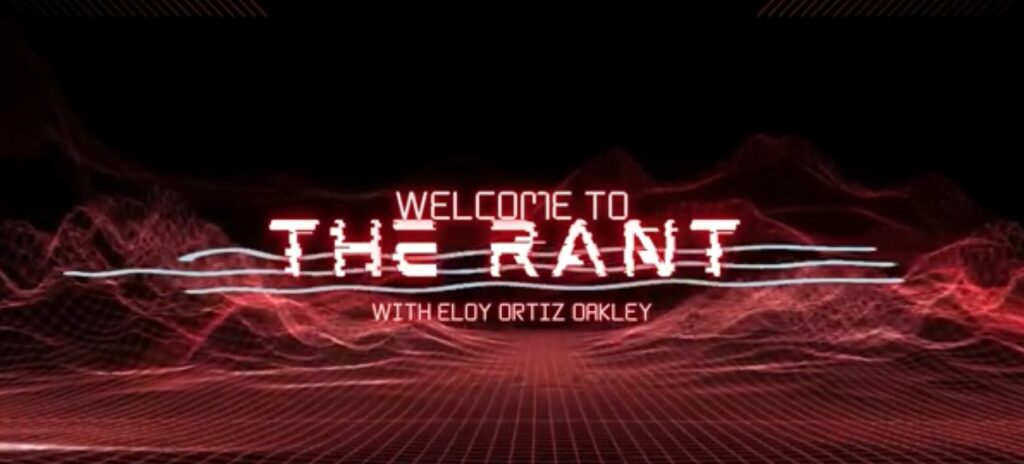A recent Times Higher Education article asks the question as directly as we’ve ever seen it done: will university education be made redundant by new models of worker training?
That’s a question that’s near and dear to our hearts – Calbright College is even cited in the article as one of the new approaches that might someday replace a Bachelor’s degree.
It’s easy to see why people are asking the question. As the article notes:
- Fewer and fewer companies require a college degree, and of those that don’t, more and more are taking their own training programs in-house. In particular, Amazon and Google have recently announced that they no longer see a college diploma as essential for a worker – but that anyone they hire has to be able to do the job.
- Companies in expanding markets report real problems finding qualified workers. There are tens of thousands of vacancies for positions that offer annual salaries of around $100,000, and those positions need to be filled.
- European companies operating in the United States are increasingly importing their “apprenticeship” models to their operations here: working with potential employees who want on-the-job training.
Put it all together, the article says, and there is “a gaping void” in American higher education that companies and potential workers are working hard to address.
Calbright is at the lead of many of the innovations that Times Higher Education suggests are most promising. Among other approaches: we work with specific companies, in targeted industries that are looking for trained workers to fill good jobs, to ensure that the right people are hired at the right place. More than that: our courses are free to any Californians, and conducted online. It doesn’t matter how much money you have, or what your time commitments are: Calbright is making a skills-based education – and connection with employers – available.
Obviously we think this is important, and that it can work.
But does this really mean that traditional models of higher education are obsolete?
We don’t think so.
Partly this is because a college diploma is still so valuable: companies still relocate to centers of higher education because they want highly skilled workers. Polls of hiring managers at companies still show they’re confident in the quality of their recruits, and workers who have a college degree still out-earn workers without it by an average of almost $1 million over the course of their lifetimes.
That matters.
Then there’s the fact that traditional colleges are developing their own approaches to filling this gap. Community colleges in California and colleges in Chicago and Washington D.C., among others, are all developing their own innovative programs to try and connect job seekers whose potential isn’t being utilized to upwardly mobile jobs that aren’t being filled.
Traditional college still has a lot to offer, and may be in the process of offering more. But that’s also all happening in an uncertain funding and regulatory environment. The very higher education budgets that make a lot of these programs possible are often the first things on the chopping block: Times Higher Education quotes Louisiana State University president F. King Alexander as predicting that half of all US states will end their support for higher education within 20 years … or less.
Add this to the fact that college costs are constantly rising faster than inflation while student debt is routinely hitting record levels, and the result is that many of these new programs will be hard to take advantage of for the students who need them most.
But the most important point is that this is a time for experimentation. The idea that traditional colleges are meeting the needs of all potential students isn’t accurate – but that doesn’t mean they colleges have a lot to offer. It means that we need to create systems that can work for students, and the more evidence-backed models we try, the better. California is investing in the success of non-traditional learners by creating a new kind of free college – that’s us. Our mission is to increase economic mobility for working adults who lack easy access to traditional forms of higher education.
We’re thrilled for those the higher education system is working for. We want what’s working to keep working – “in with the new” doesn’t have to mean “out with the old.” But the need for Calbright is increasing. We’re committed to a California in which everyone who strives for a brighter future has the tools to achieve it, and if our approach is non-traditional, so are the populations we serve.



